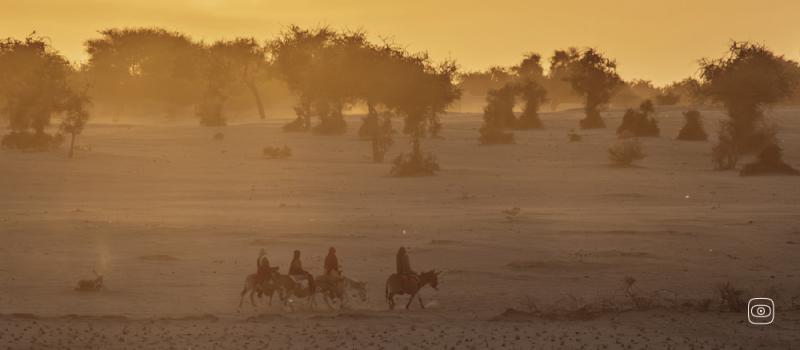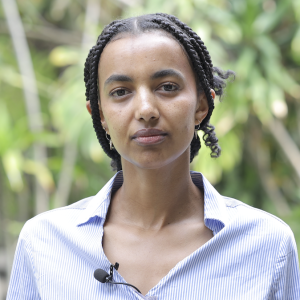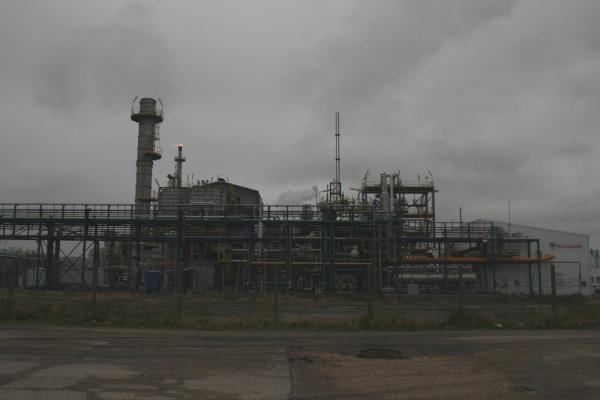The African Union launched the Great Green Wall to much fanfare in 2007. Touted as a “new world wonder”, this 8,000 km-long wall of trees was intended to restore millions of hectares of degraded land and transform the lives of people in the Sahel region, one of the areas most vulnerable to climate change, by 2030.
Yet, with just five years to go until the deadline and despite billions of dollars in international funding, much of the Great Green Wall remains barren, and the long-term benefits for local communities are few and far between. The utopian vision has devolved into a cautionary tale of poorly planned projects that lack local participation, and of opaque financing.
We visited over ten sites across three countries along the Wall - Senegal, Chad and Djibouti - reporting from remote areas at the forefront of climate change. Our investigation draws on interviews with vulnerable communities, key stakeholders and experts from various fields. We also analysed satellite imagery to track on-the-ground projects and obtained exclusive data on the Wall’s international funding through Freedom of Information requests. This paints an unflinching portrait of the outcomes of one of the world's most ambitious environmental projects.
Key findings:
- With just five years left until its 2030 deadline, much of the Great Green Wall's target area remains barren and countless projects have withered away.
- Most sites we visited suffered from a lack of follow-up, coordination and local consultation. Few lasted beyond a couple of years, often undone by issues as simple as a broken fence or a faulty water pump. Even more successful projects struggled with short funding cycles.
- For local communities, the benefits were minimal - usually limited to short-term jobs. In most cases, only those directly employed by the GGW projects saw any gain.
- Key to our investigation was finding out if the billions in funding pledged had actually been spent on the GGW. We found that the Green Climate Fund alone has spent over $14.4 billion in GGW projects over the past decade, while Freedom of Information requests revealed that the EU contributed over €1.54 billion ($1.78bn) between 2021 and 2023.
- Yet national GGW agencies, tasked with overseeing the progress in each country, say they have received only a fraction of these funds. They have largely been sidelined, with many international NGOs and agencies designing and executing projects without consulting the agencies. Some experts have described this sidelining as a form of “green colonialism.”
- In reality, the Great Green Wall functions less as a coordinated initiative than as a "brand": an umbrella under which organisations can request and access funding, but with little oversight, coordination or lasting impact on the ground.
On the right: A family travels through the desert near the town of Mao in Kanem Province, Chad. Over 135 million people in the Sahel rely on degraded land for their survival. The Great Green Wall aimed to re-green much of this land, yet the initiative has been beset by problems and has fallen drastically short of its targets. Image by Tommy Trenchard.





